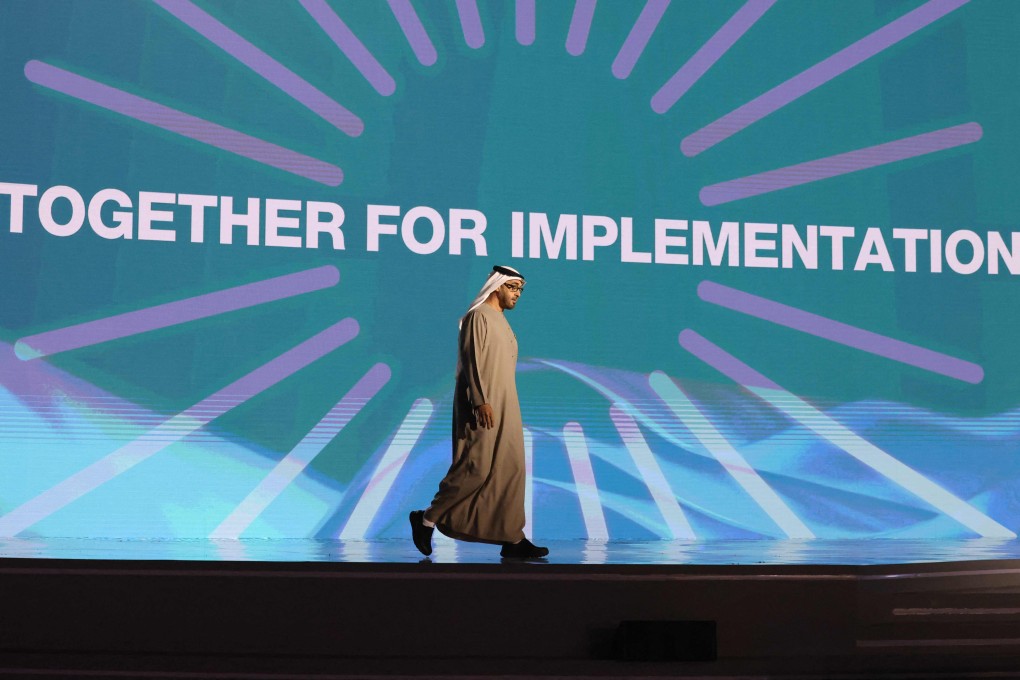Eye on Asia | As climate debate heats up, Gulf states can help bridge differences between East and West
- New findings show economies can grow even as carbon dioxide emissions decline. These findings are important for developing countries like India
- As hydrocarbon producers with net-zero goals, Gulf states can help facilitate dialogue between historic polluters in the West and growing economies in the East

Can we have economic growth without further damaging the environment? Such concerns may have been overshadowed this year by a post-pandemic increase in greenhouse gas emissions and economic activity, and the reorganisation of the production and supply of hydrocarbon after Russia’s invasion of Ukraine.
Yet against all this, the UN Intergovernmental Panel on Climate Change’s report back in April offered some modest hope: greenhouse emissions grew slower in 2010-19 than in 2000-9. In addition, the Global Carbon Project noted in a new report that carbon dioxide emissions in 24 economies that represent a quarter of all such releases fell during 2012-21. Moreover, they did so even as those economies grew.
The findings are important since the world’s population will grow over the coming decades. Much of that growth will be in the developing world, including Asian countries like India, Pakistan and Indonesia, which will need more economic growth to fulfill people’s needs.
For that economic growth to be sustainable in these countries, many of the lessons learned from the 24 historic polluters will therefore need to be applied at scale.
They include the introduction of new laws and policies to boost energy efficiency, alongside less deforestation and greater uptake of renewable energies.
